Trademark Class Basics: An Introduction to the 45 International Trademark Classes
The USPTO categorizes trademarks into 45 unique classes, which each relate to a particular group of products or services.
Check out some of our related posts below, or use the search bar to find what you're looking for!

The USPTO categorizes trademarks into 45 unique classes, which each relate to a particular group of products or services.

The Madrid Protocol is an agreement that lays the groundwork for all multinational trademark applications, making the process easier and cheaper.

Registering your first trademark can be hard. Luckily, this guide covers everything you need to know about registering your mark with the USPTO.

The Nice Agreement is an international system of classifying trademarks into one of 45 different categories, including both goods and services.

In this article, we’ll go over Class 36 trademark services. This category includes brands connected to a wide variety of insurance and financial services.

Class 45 protects individuals and businesses that perform personal, social, or security-related services, such as law firms and personal bodyguards.

This article covers Class 44, which protects services including healthcare, hygiene and beauty, and specific agricultural jobs such as gardening and animal breeding.

This trademark class has to do with the treatment or transformation of materials. This “treatment” usually involves chemical or mechanical processing, but it can also include transformation of organic products.

Class 39 covers any service relating to getting people and products from one place to another. Common examples include freight and shipping services.

Class 41 covers all services related to education or entertainment, both of people and animals. Some examples are publishing services, media production, and fitness centers.

We’re a Richmond, Virginia law firm with clients from around the world. Schedule your consultation today and let’s talk about what we can do for you!